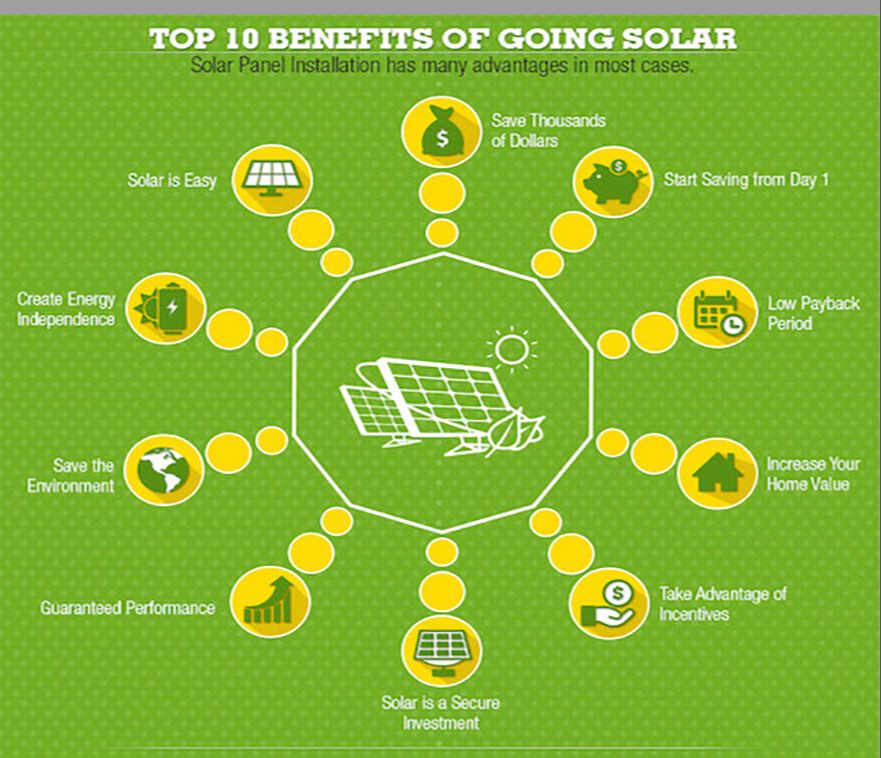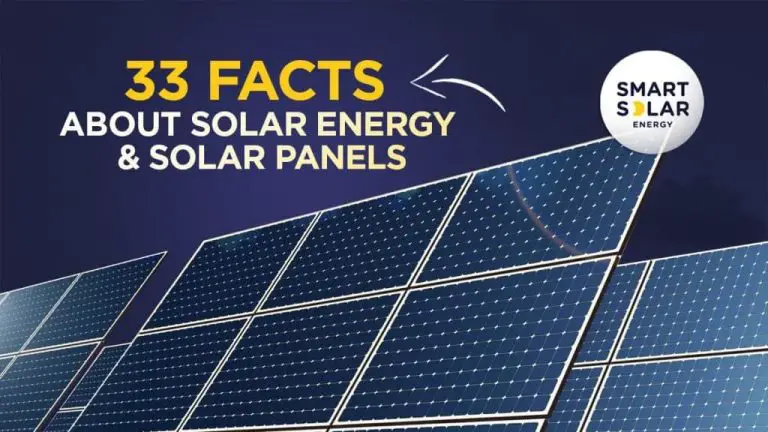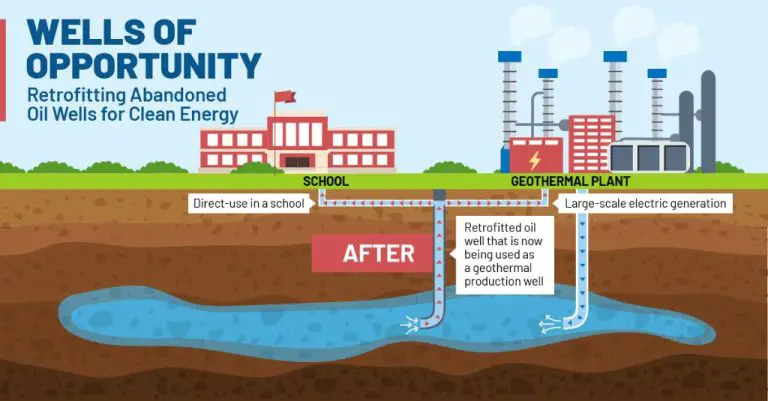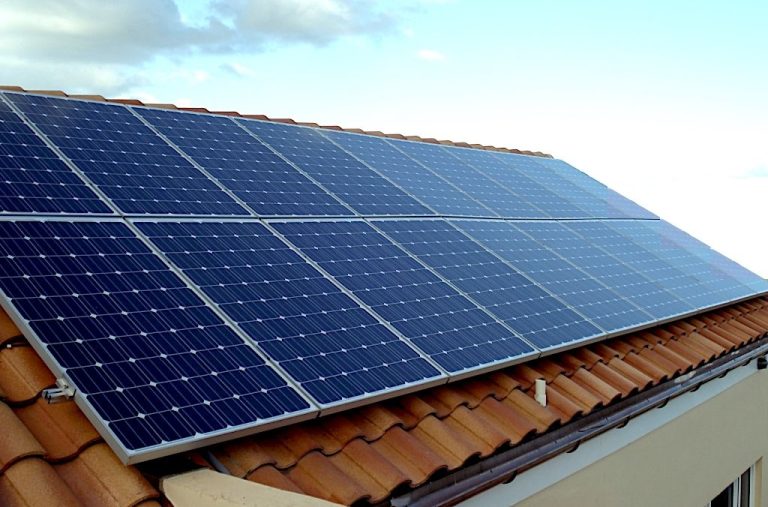What Is Positive About Solar?
Solar is renewable

Solar energy comes from the sun, which will continue radiating energy for billions of years. Solar is a renewable source that will never run out unlike fossil fuels (https://www.nrel.gov/news/program/2022/building-a-solar-powered-future.html). The sun produces an enormous amount of radiation, more than 10,000 times the world’s annual energy use, meaning solar energy is practically limitless. Using the sun to generate electricity is sustainable and environmentally friendly. Once solar panels are installed, the sun’s rays can be converted to electricity indefinitely, providing clean renewable energy far into the future.
Solar is abundant
The amount of solar energy that hits the earth’s surface in one hour could power the world for a year. As noted by researchers at MIT, “A total of 173,000 terawatts (trillions of watts) of solar energy strikes the Earth continuously. That’s more than 10,000 times the world’s total power use” (news.mit.edu). Solar has huge untapped potential to meet global energy needs. According to NASA, “The Sun is the major source of energy for Earth’s oceans, atmosphere, land, and biosphere. Averaged over an entire year, approximately 342 watts of solar energy strikes each square meter of the top of the atmosphere” (nasa.gov). Of the total solar energy hitting Earth, only a fraction is harnessed for human use currently.
Solar is clean
Solar photovoltaic (PV) panels and concentrated solar power (CSP) plants produce no air pollution, greenhouse gases, particulates, or other contaminants when generating electricity (https://www.eia.gov/energyexplained/solar/solar-energy-and-the-environment.php). This makes solar energy one of the cleanest energy sources available. Unlike fossil fuel power plants, solar panels don’t emit harmful pollution that can worsen air quality and exacerbate health issues like asthma. According to the EPA, the electric power sector accounted for over 25% of total U.S. greenhouse gas emissions in 2020. By displacing these dirty energy sources, solar energy can significantly reduce emissions that contribute to climate change and environmental damage.
Widespread solar adoption improves public health by decreasing pollution-related illnesses and deaths. Solar power avoids an estimated 59 million tons of carbon dioxide emissions per year in the U.S., equal to taking over 12 million cars off the road (https://www.energy.gov/eere/solar/solar-energy-wildlife-and-environment). The public health benefits of solar energy, combined with its ability to mitigate climate change impacts, demonstrate that solar offers a clean and sustainable energy solution.
Solar creates jobs
The solar industry employs hundreds of thousands of people in the United States and millions globally in manufacturing, installation, and other jobs. According to the 2023 National Solar Jobs Census, there were over 300,000 solar jobs in the US as of 2022. This represents an increase of nearly 9,000 jobs, or 3.5% growth since 2021. The solar industry has experienced steady job growth in recent years, outpacing the overall economy. The number of solar jobs has nearly tripled over the past decade as the costs of solar have fallen dramatically and installations have surged. Many experts expect strong continued solar job growth as more homes, businesses, and utilities adopt solar energy.
Solar saves money
Utility-scale solar power purchase agreements (PPAs) are now cheaper than coal and gas in many regions, according to a report from the International Renewable Energy Agency. The global weighted average cost of electricity from solar PV fell by 89% to $0.049/kWh, almost one-third less than the cheapest fossil fuel option (source). Solar PPAs allow customers to purchase solar energy at a fixed rate typically lower than regional retail electricity prices, enabling savings on monthly electricity expenses (source).
Rooftop solar systems can also eliminate or drastically reduce home electric bills, providing homeowners long-term savings compared to purchasing all electricity from the grid. Federal and local incentives like tax credits can reduce the upfront installation costs of residential solar systems as well (source). With no fuel costs, solar offers a hedge against fossil fuel price volatility.
Solar empowers homeowners
Putting solar panels on your roof gives homeowners energy independence and stability from utility rate hikes (5 Benefits of Residential Solar). Homeowners with solar panels can produce their own electricity, reducing reliance on the grid. This protects homeowners from unpredictable rate increases by utility companies. During power outages, solar panels with batteries can provide backup power to keep the lights on. By getting off the grid partially or entirely, homeowners gain control over their energy production and costs.
Solar also makes homeowners more resilient to economic and environmental shocks. With solar, homeowners lock in much of their energy costs for years. This shelters them from fluctuating fossil fuel prices and disruptions. Solar energy helps homeowners minimize unpredictability and take charge of their energy future.
Solar boosts the economy
Investing in solar creates economic ripple effects, spurring new businesses and supporting communities. Dollar spent on solar recycles through local economy. According to research from Solaris Renewables, every $1 million in solar investment translates to $1.5 million in added economic activity. This boost stems from increased consumer spending and businesses investing and hiring to meet solar demand (https://solarisrenewables.com/blog/5-economic-benefits-of-solar-energy/).
The solar industry also creates skilled jobs at a rate that is outpacing the overall economy. In 2019 alone, the solar workforce expanded by 7% to over 250,000 jobs. Many of these jobs are local and can’t be outsourced. Solar job training programs are also empowering low-income communities and giving veterans career opportunities after military service.
Solar can be decentralized
Solar photovoltaic (PV) systems allow energy generation to be decentralized and distributed across communities and grids. This decentralization can greatly improve grid resilience and reduce vulnerability to outages and disruptions [1]. By relying on many small-scale solar installations instead of a few large centralized power plants, grids become less prone to catastrophic failures if one plant goes offline [2].
Decentralized solar PV systems also unlock the potential for microgrids, energy storage, and local energy trading. This diversifies energy portfolios at the community level, further reducing reliance on any single source of power generation [3]. With the right technologies, decentralized solar allows communities to island from the main grid during outages while continuing to share energy resources locally. Overall, decentralized solar PV enhances resilience, flexibility, and energy security.
Solar has bipartisan support
Solar energy has broad bipartisan support from conservatives and liberals at both federal and state levels. The Biden administration recently announced $45 million in funding to boost domestic solar manufacturing and support innovations in dual-use solar technologies like agrivoltaics. This funding comes from the Bipartisan Infrastructure Law passed with support from both parties.
At the state level, a proposal in Pennsylvania would help schools install solar panels more easily. As described in a recent article, this bipartisan bill aims to boost renewables in the state by easing the process for schools to adopt solar power.
With federal incentives and state-level efforts, solar energy enjoys backing from both sides of the political aisle. This bipartisan support reflects the many benefits of solar power, from jobs and cost savings to energy independence and sustainability.
Solar technology is advancing
Solar cell efficiency, energy storage, and soft costs are improving steadily. According to The Guardian, ‘Revolutionary’ solar power cell innovations like multi-junction cells are breaking through the key 30% efficiency milestone. Thin-film solar cells are also becoming more efficient and cost-effective.
Emerging solar technologies like floating solar farms, solar windows, and solar roads are gaining traction. Solar panels integrated into building materials like solar shingles and solar glass allow new ways to capture the sun’s energy. According to Metropolismag, the next generation of solar is lighter, better and cheaper.
Innovations like solar balloons, solar paint, and organic solar cells showcase the potential for solar to become even more versatile and widely adopted. As solar research expands worldwide, the technology continues getting more efficient, affordable and integrated into infrastructure and consumer products.





